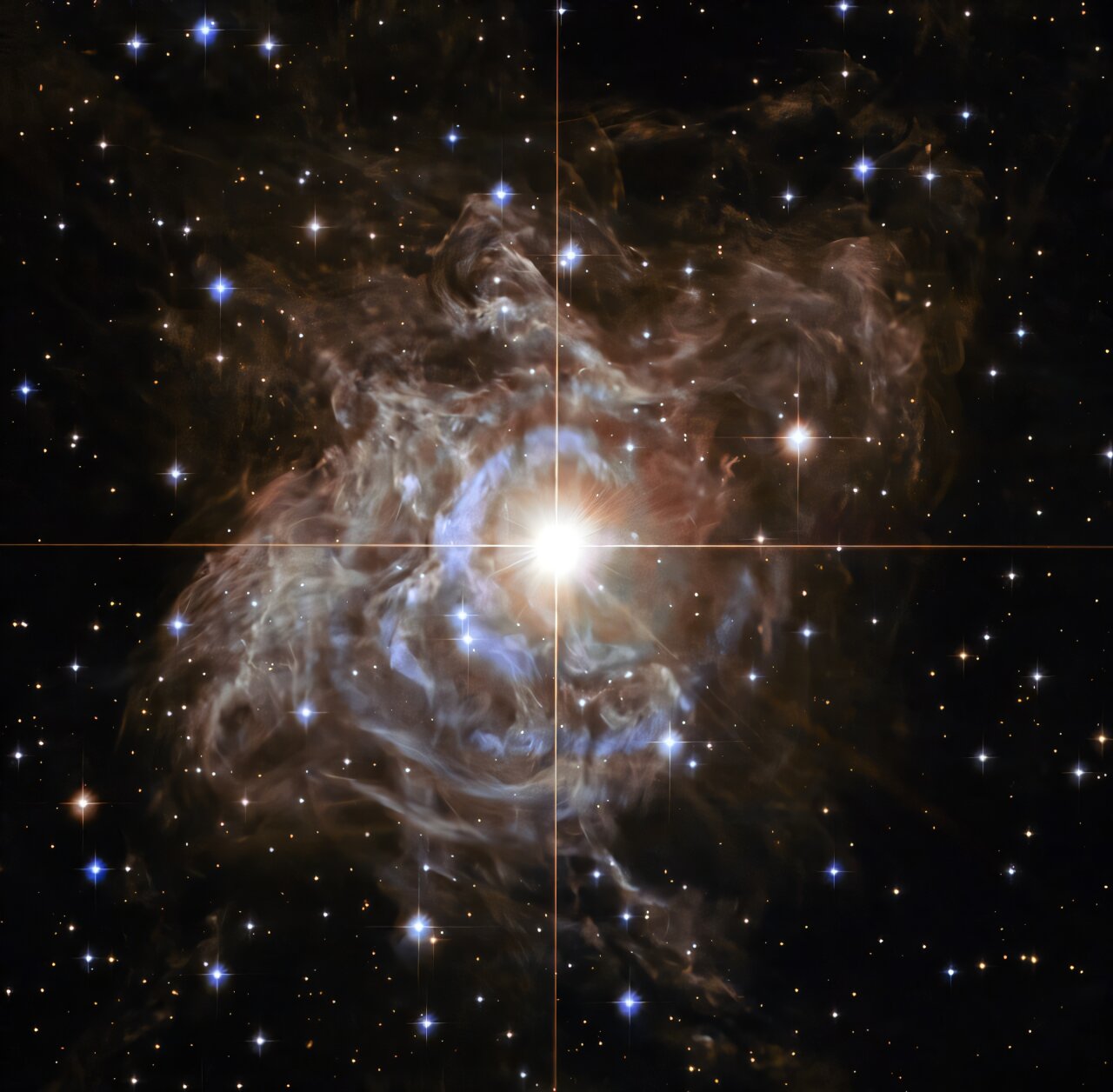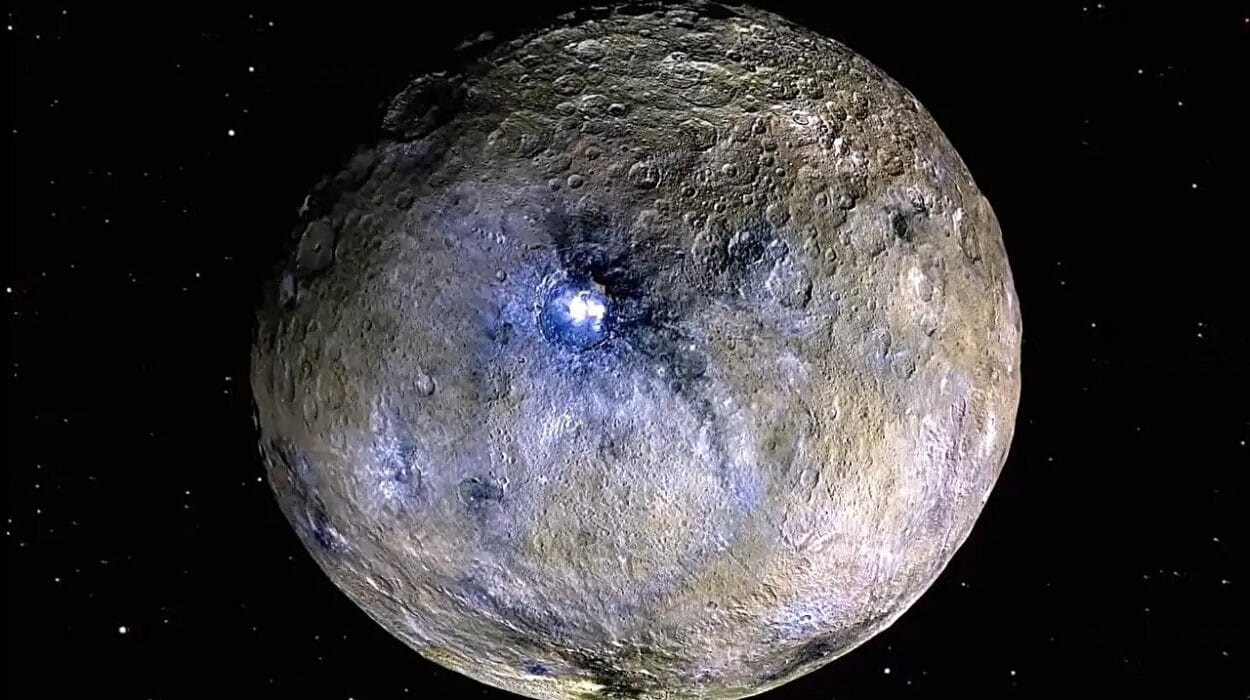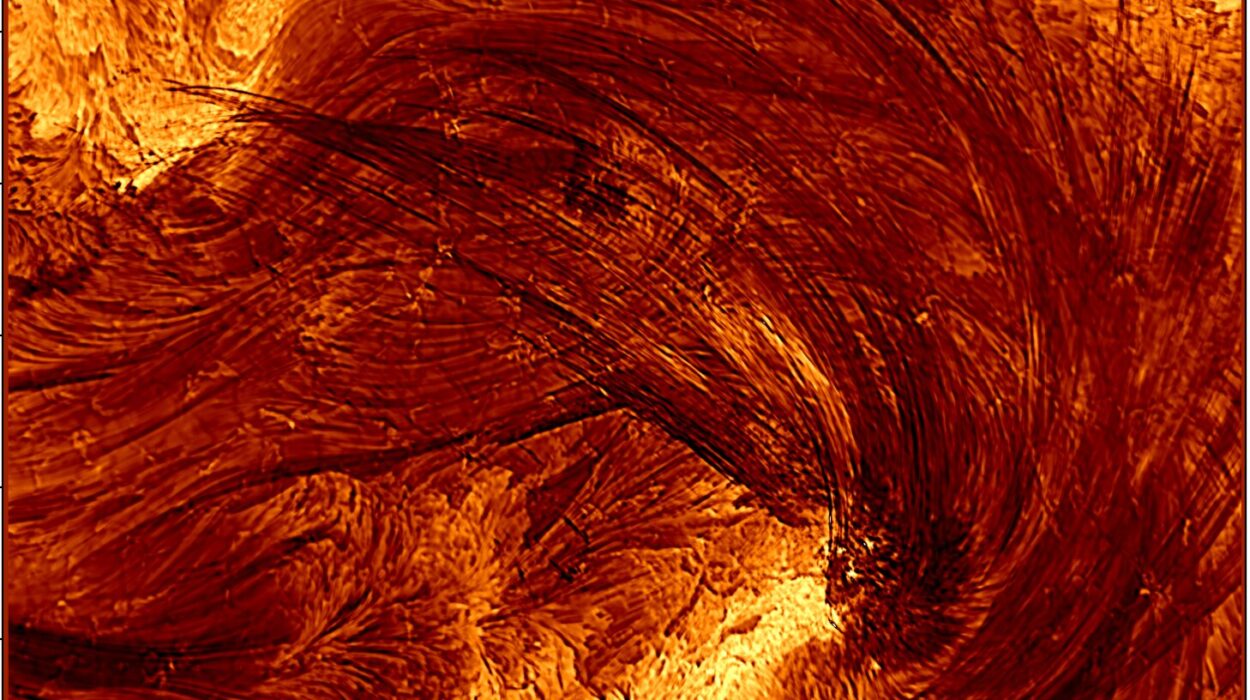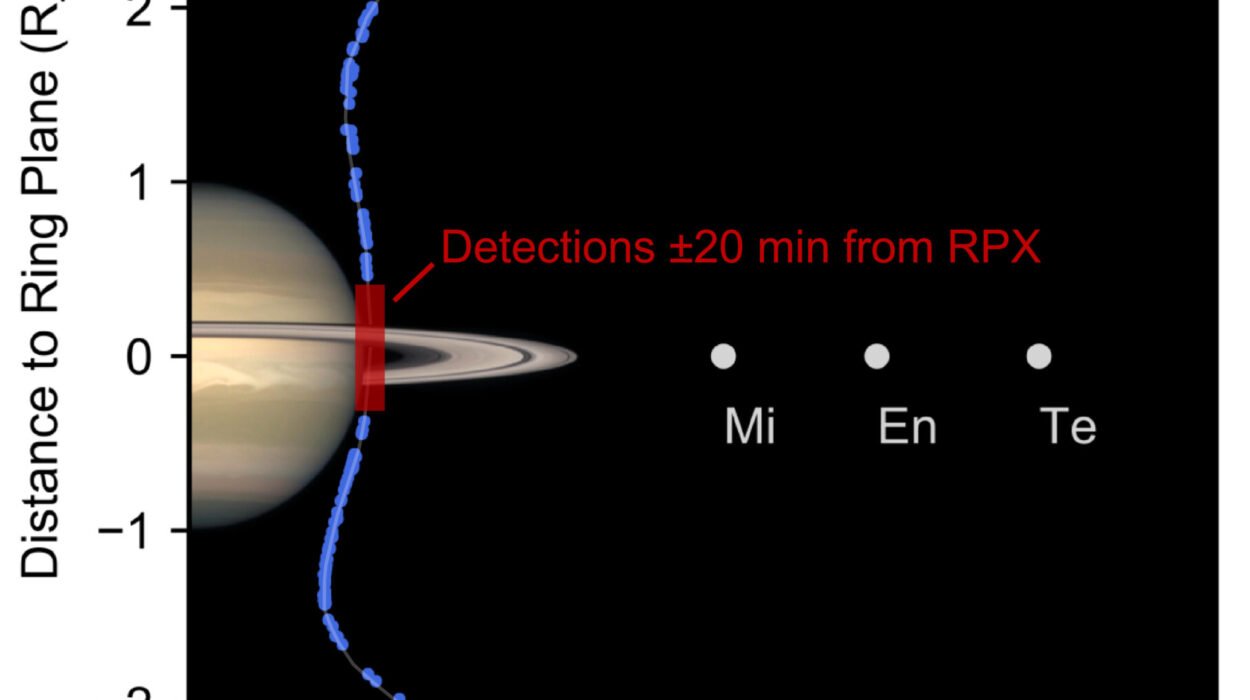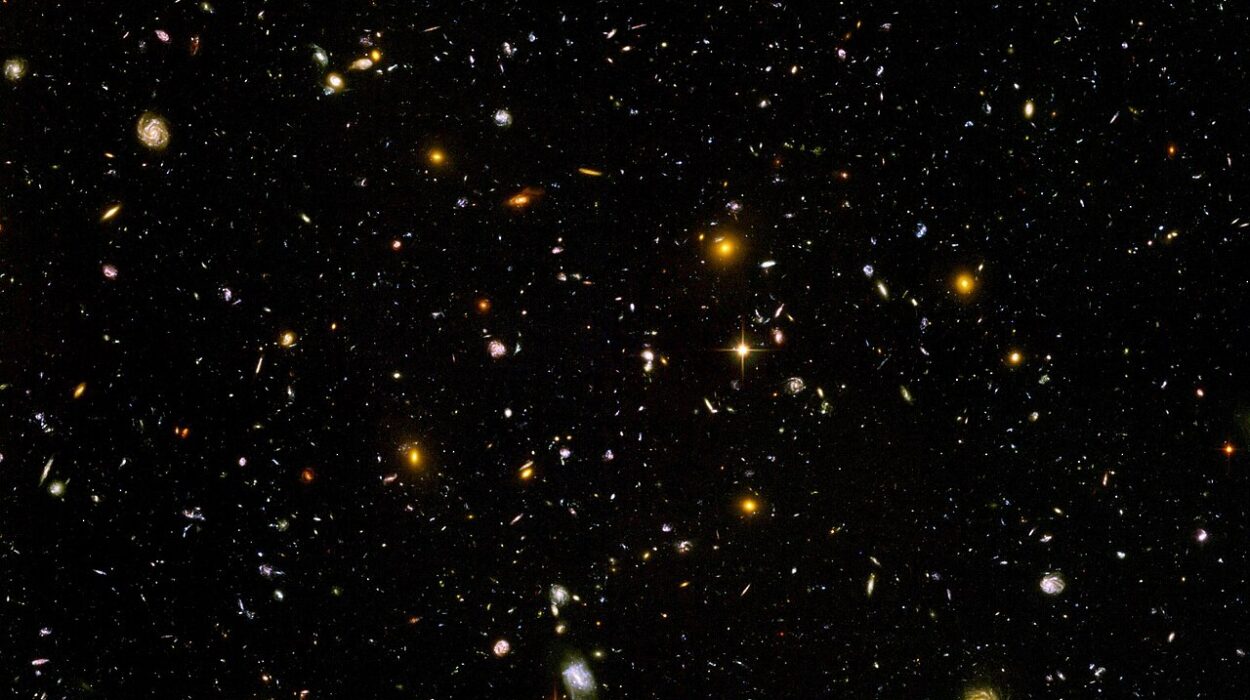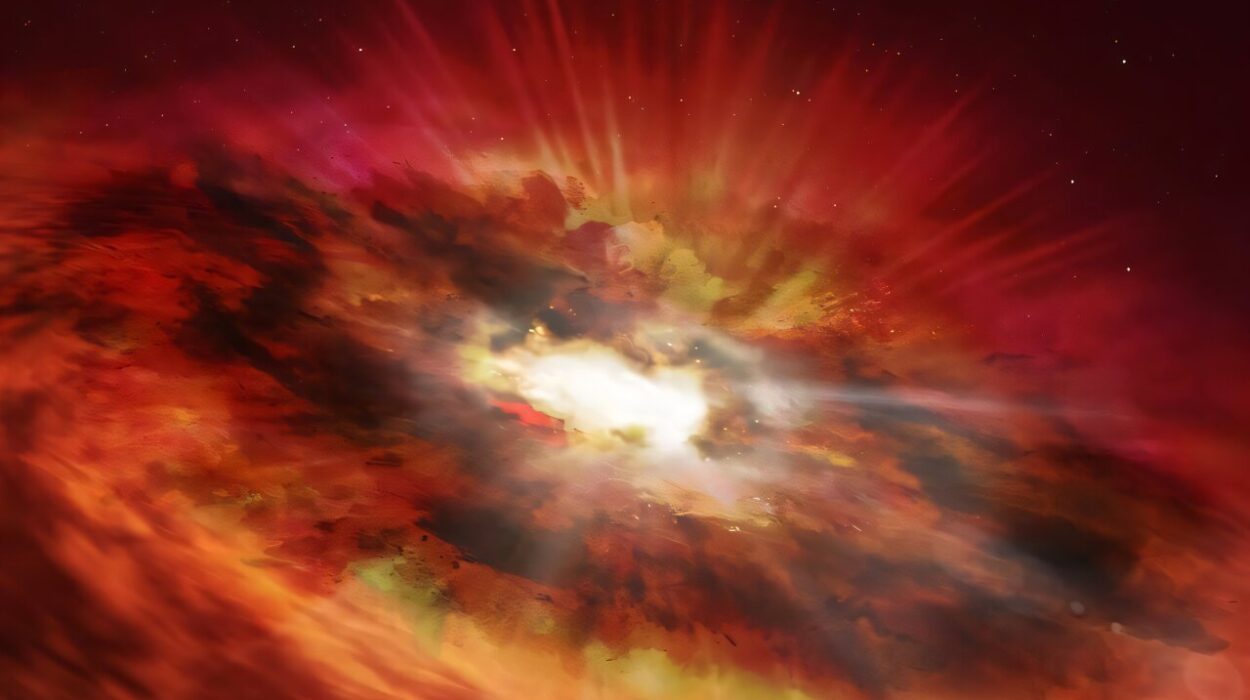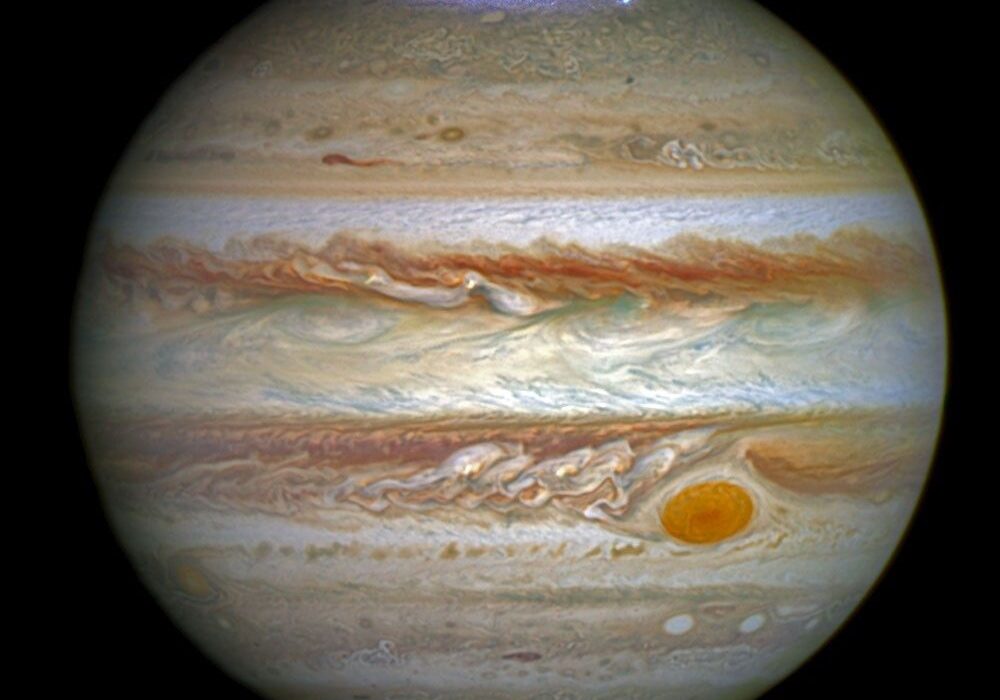The night sky we gaze upon may seem eternal, a glittering ceiling of fixed stars. But the Milky Way — our home galaxy — is a turbulent, restless ocean of stars, gas, and unseen forces stretching far beyond what our eyes or even telescopes can easily see. Now, in a groundbreaking new study, astronomers have peered deeper into this cosmic sea, using the light of young stars to more accurately map the galaxy’s outer reaches — revealing not just a clearer picture, but a stranger and more beautiful one.
This week, at the 246th meeting of the American Astronomical Society in Anchorage, Dr. Sukanya Chakrabarti, the Pei-Ling Chan Endowed Chair at The University of Alabama in Huntsville, unveiled the results of years of research that may forever change how we chart our galaxy. Her team’s study, in collaboration with Michigan State University, uses young, pulsating stars known as Cepheids to anchor gas in the Milky Way’s elusive outer spiral arms — crafting a revolutionary new map of the galaxy’s hydrogen-rich disk. The work is now published on the arXiv preprint server and has been accepted by The Astrophysical Journal.
“This is a project that began when I was a Ph.D. student,” Chakrabarti says. “Back then, I was fascinated by the disturbances in gas patterns, particularly in the outer galaxy. I wanted to understand why the map looked so chaotic, so fleecy. We’ve finally found a way to make sense of it.”
Unraveling the Cosmic Tapestry
To understand the significance of this discovery, it helps to understand what’s at stake. The Milky Way is a spiral galaxy, and like most spirals, it’s structured with long, sweeping arms of stars and gas coiled around a dense central bulge. But unlike galaxies we observe from the outside, we live inside this one — making it enormously difficult to see its shape from within.
For decades, astronomers have used hydrogen gas to trace these arms. This gas emits radio waves that can be picked up by telescopes, allowing scientists to create large-scale maps of the Milky Way’s gaseous skeleton. But there’s a catch: hydrogen gas doesn’t come with a return address. To place it in three-dimensional space, astronomers have traditionally relied on a method called kinematic distances, which estimates how far away something is by measuring its velocity and plugging it into a model of the galaxy’s rotation.
The problem? The Milky Way doesn’t spin like a perfect merry-go-round.
“Kinematic distances assume a smooth rotation curve,” explains Chakrabarti. “But real galaxies don’t behave that neatly. You have regions like the bulge and bar, or streaming motions along spiral arms, that throw off the calculations. That means the distances we assign to gas clouds can be significantly wrong — and when your map is wrong, your understanding of the galaxy is wrong.”
A New Cosmic Compass
To escape this limitation, Chakrabarti and her co-author, Dr. Peter Craig of Michigan State University, turned to a stellar group of cosmic beacons: Cepheid variable stars. First studied in detail by early 20th-century astronomer Henrietta Leavitt, Cepheids pulse in brightness at a rate that precisely correlates with their intrinsic luminosity. By comparing how bright they appear to how bright they should be, astronomers can calculate their distances with remarkable accuracy.
“Cepheids are our galactic lighthouses,” says Craig. “They’re luminous, young, and trace the spiral arms. Most importantly, we know exactly where they are.”
The team’s innovative approach — which they call “pattern matching” — hinges on pairing Cepheid stars with nearby clumps of hydrogen gas. Because these stars are born from the gas clouds that form the spiral arms, their positions closely mirror the shape and layout of those arms. By overlaying the locations of Cepheids onto existing hydrogen maps, the researchers could effectively “anchor” the gas, assigning it the star’s known distance.
“It’s like having a fuzzy photograph and placing a grid of clear, sharp pins onto it,” says Chakrabarti. “Suddenly, the whole structure comes into focus.”
A Flocculent Milky Way
What emerged from the new map is a galaxy that’s far messier — and more magnificent — than previous models suggested. Rather than smooth, sweeping arms, the hydrogen disk of the Milky Way appears flocculent — a term astronomers use to describe patchy, irregular spiral arms. It’s as if the galaxy’s outer disk is made not of ordered swirls, but of turbulent eddies and ripples, shaped by forces both internal and external.
“This map shows a living galaxy,” Craig says. “It’s dynamic, evolving, and scarred by past interactions — possibly with smaller, dwarf galaxies. These disturbances are not just noise. They’re telling us something fundamental about how galaxies evolve.”
The team analyzed over 37,000 young stars spread throughout the galactic disk, all under 210 million years old — barely toddlers in astronomical terms. Their findings show that pattern matching yields distance estimates that are 24% more accurate than traditional kinematic methods. That’s not just an incremental improvement; it’s a seismic shift in our capacity to map the cosmos.
Illuminating the Dark
Why does this matter? Because mapping gas isn’t just about tracing pretty spirals. Gas is the raw material for stars — the nursery from which the next generations of suns, planets, and perhaps life itself are born. By accurately charting where hydrogen lies, scientists can better understand where stars are forming now, and where they will emerge in the future.
Moreover, hydrogen maps serve another, subtler purpose: they help illuminate what we can’t see. The distribution of gas is influenced by gravitational forces, including those from dark matter — the mysterious, invisible substance that makes up most of the galaxy’s mass. By refining our gas maps, researchers can refine their models of dark matter, potentially bringing us closer to solving one of astronomy’s greatest riddles.
“Every improvement in mapping brings us a step closer to understanding dark matter,” Chakrabarti says. “We’re tracing its fingerprints in the movements and shapes of the galaxy.”
A Galaxy, Reimagined
As astronomical tools grow sharper and more precise — especially with the advent of missions like ESA’s Gaia, which is providing an unprecedented catalog of stellar distances — pattern matching will only become more powerful. With each new batch of young stars, the map grows richer, the patterns clearer, and the picture more profound.
In the grand tradition of cartographers charting new worlds, Chakrabarti and Craig have opened a new frontier — not on Earth, but across 100,000 light-years of galactic wilderness. Their work offers not just a new map, but a new way to see ourselves: as explorers still piecing together the shape of the vast home we’ve barely begun to understand.
“In the future,” Chakrabarti says, “this technique will get even better. But even now, it tells a story. The galaxy is not static. It’s vibrant, dynamic, full of surprises. And we’re just beginning to read the language in which it speaks.”
Reference: Peter Craig et al, A map of the outer gas disk of the Galaxy with direct distances from young stars, arXiv (2025). DOI: 10.48550/arxiv.2506.05575
